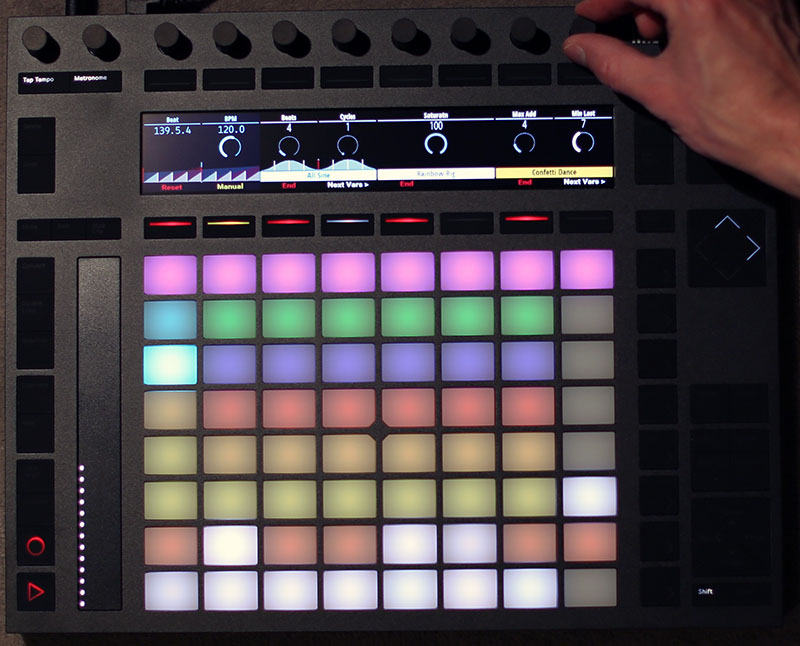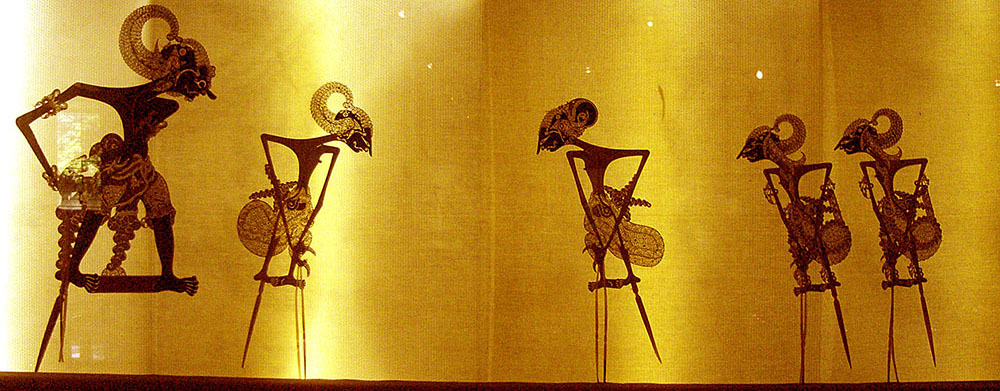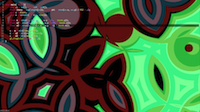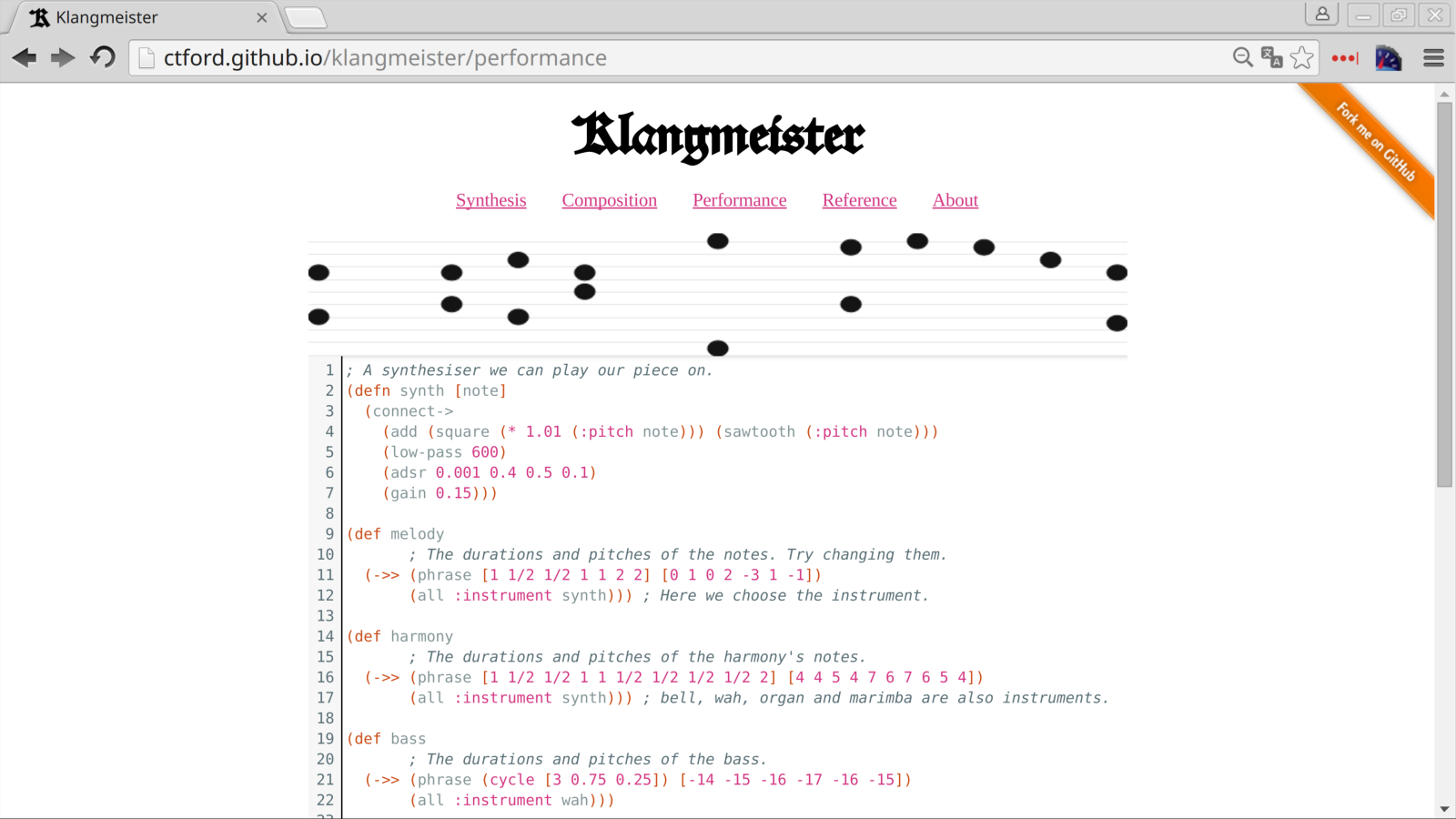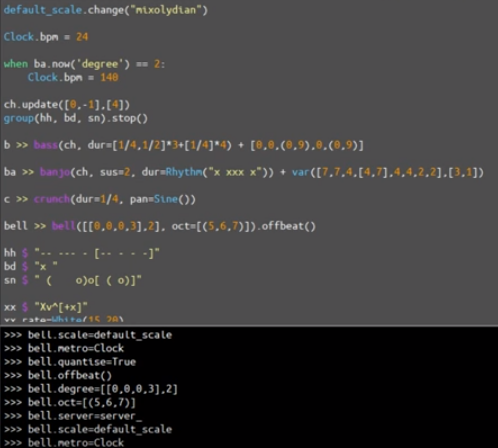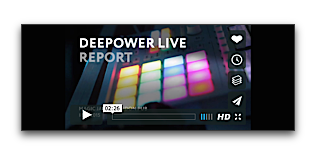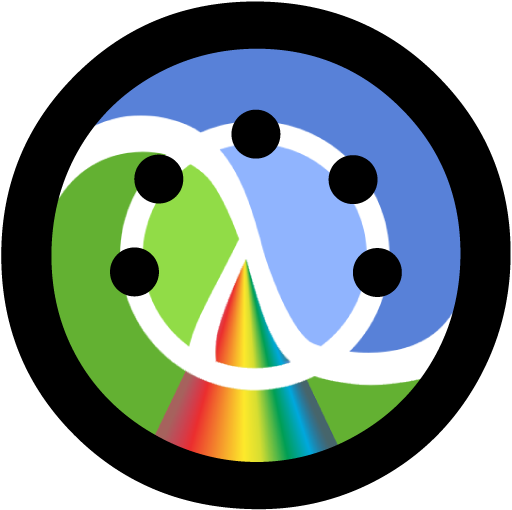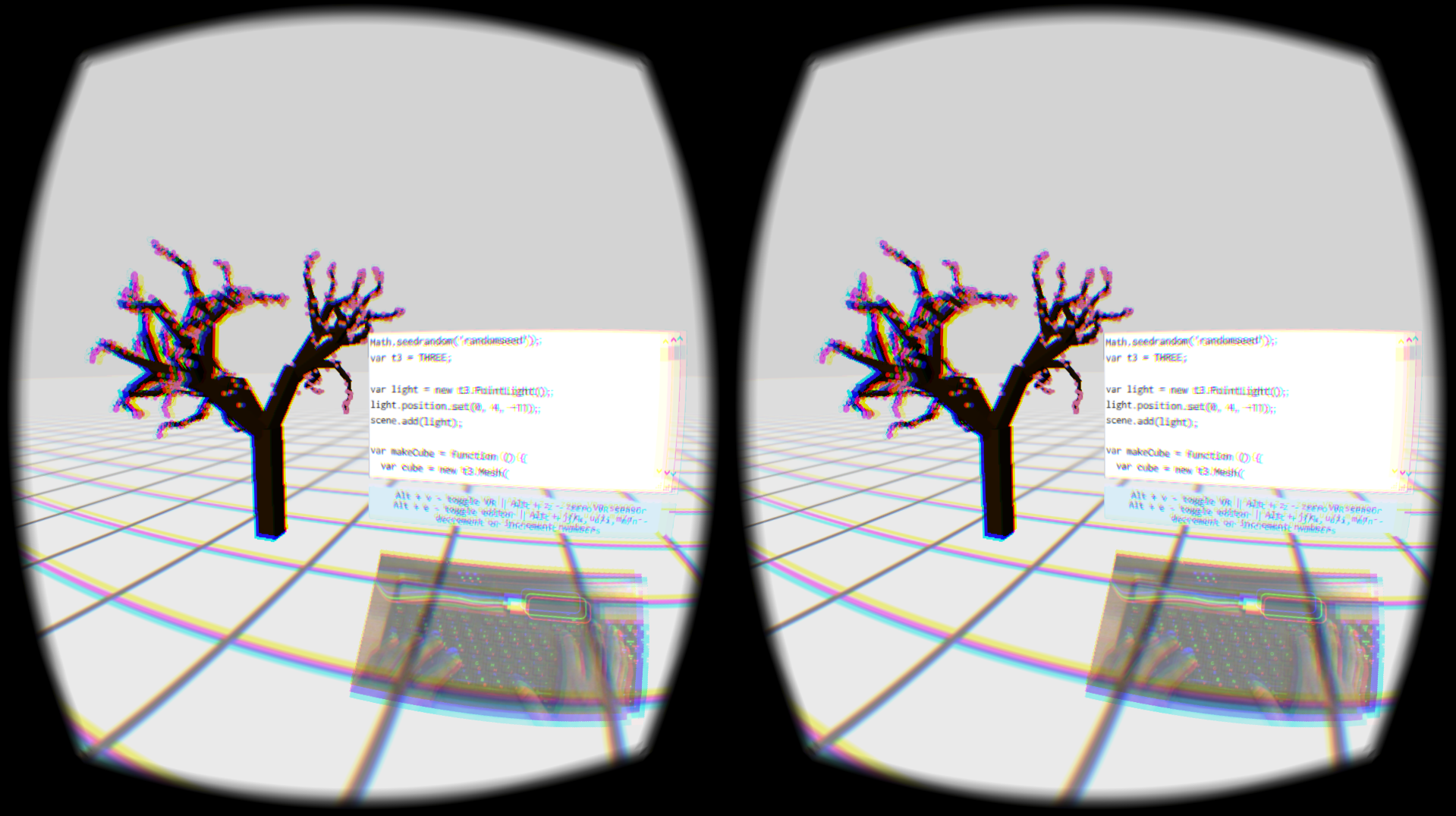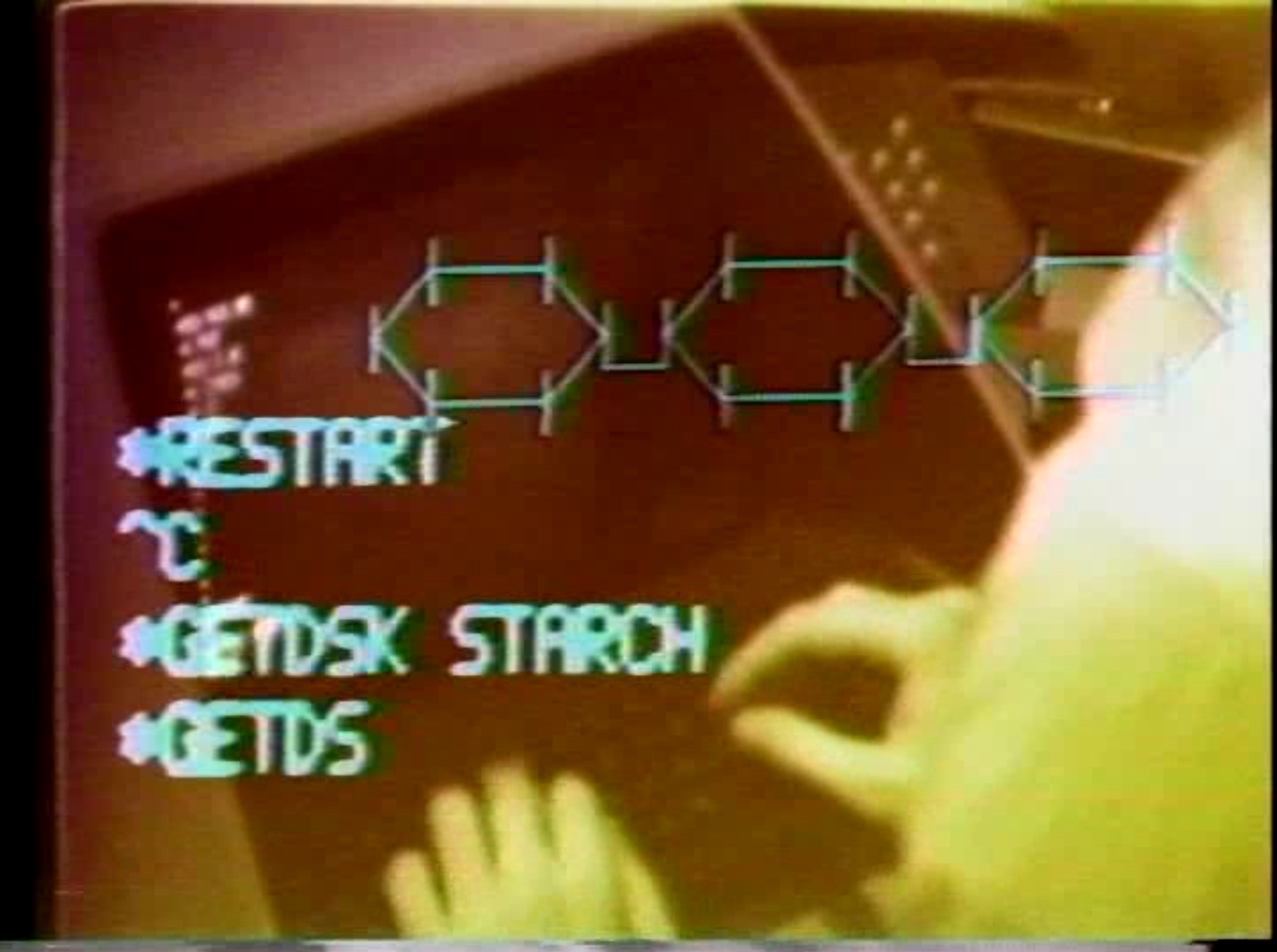This weekend I pushed out the most feature-packed release of Afterglow yet. It incorporates a bunch of lighting effects I … More
Category: Software
Wayang: Draw on the Push 2 from Java
If you are interested in using the Push 2 from Java, Clojure, or another JVM language, there is some good … More
The Force
The Force is an open source, web-based live-coding environment for writing audio responsive GLSL fragment shaders. Code is automatically compiled, and only … More
Klangmeister
Live coding, like other forms of programming, can require a lot of setup to get started. That’s a shame – … More
FoxDot – Live Coding with Python and SuperCollider
I’ve been working on this for some time and feel like it’s about time to let FoxDot loose on the … More
Afterglow update and a performance video
I just released version 0.2.0 of Afterglow, adding some nice interface elements for controlling effects, cue variables, and picking colors, both from … More
s2hs2, sharing OSC data between Tidal and Processing.
‘s2hs2’ is an interconnection for sharing OSC data between @tidalcycles and @ProcessingOrg. A visual form can be assigned to each … More
Afterglow, live coding for light shows
Version 0.1.1 of Afterglow was recently released. Inspired by Overtone, and incorporating elements of it, Afterglow aims to be an environment supporting the … More
Live coding virtual reality
Things are getting a bit strange with the resurgence of virtual reality via the Oculus Rift; RiftSketch by Brian Peiris lit … More
The first live coding performances? Tom DeFanti + Dan Sandin
Back in 1974, Tom DeFanti defended his dissertation on GRASS, an interactive, interpreted, programming language he created for defining and … More

